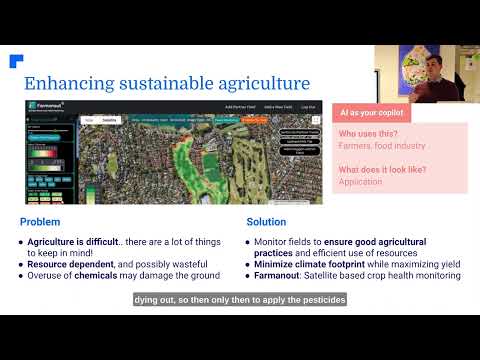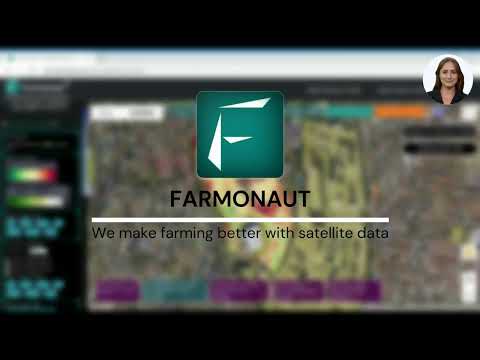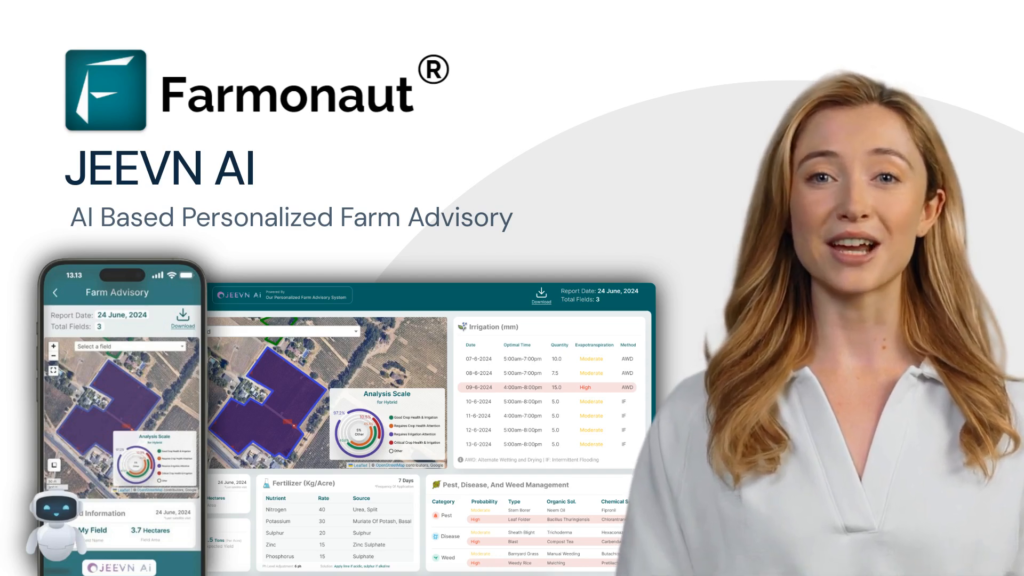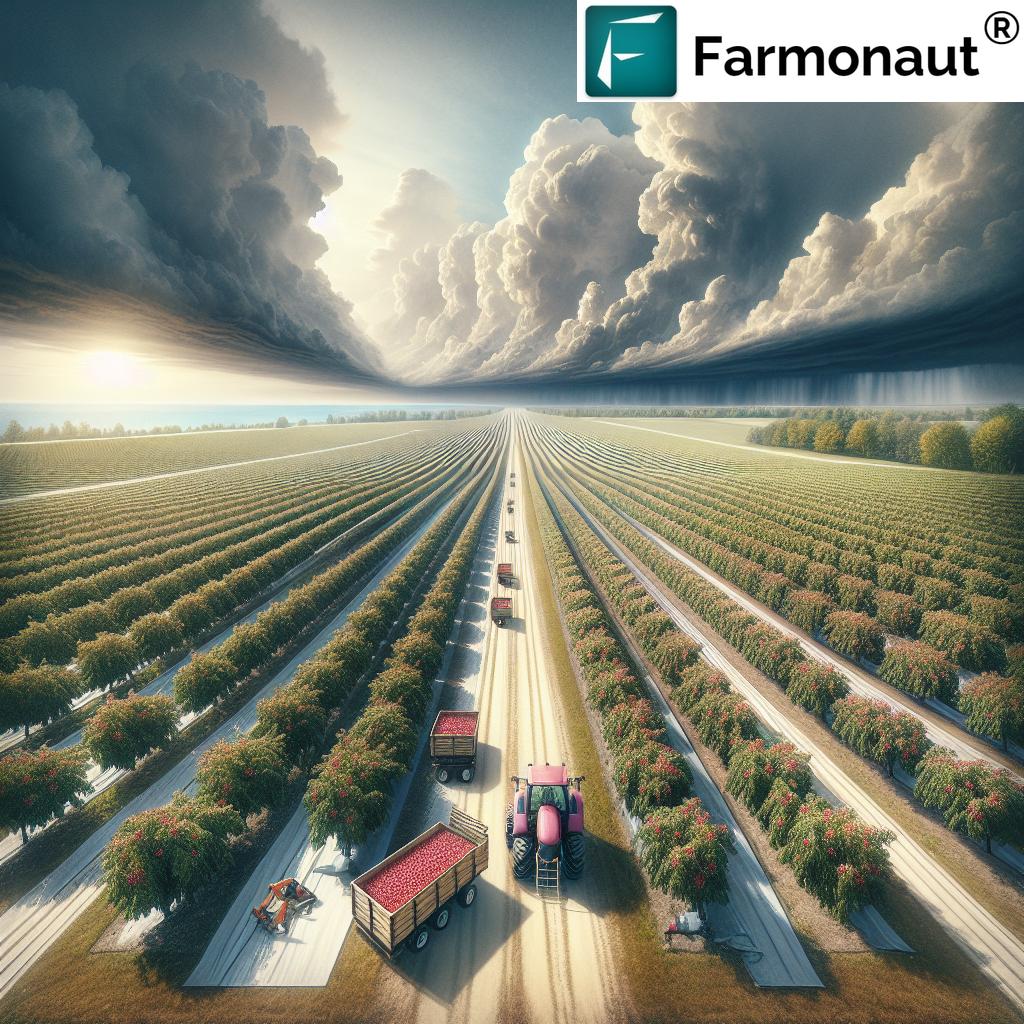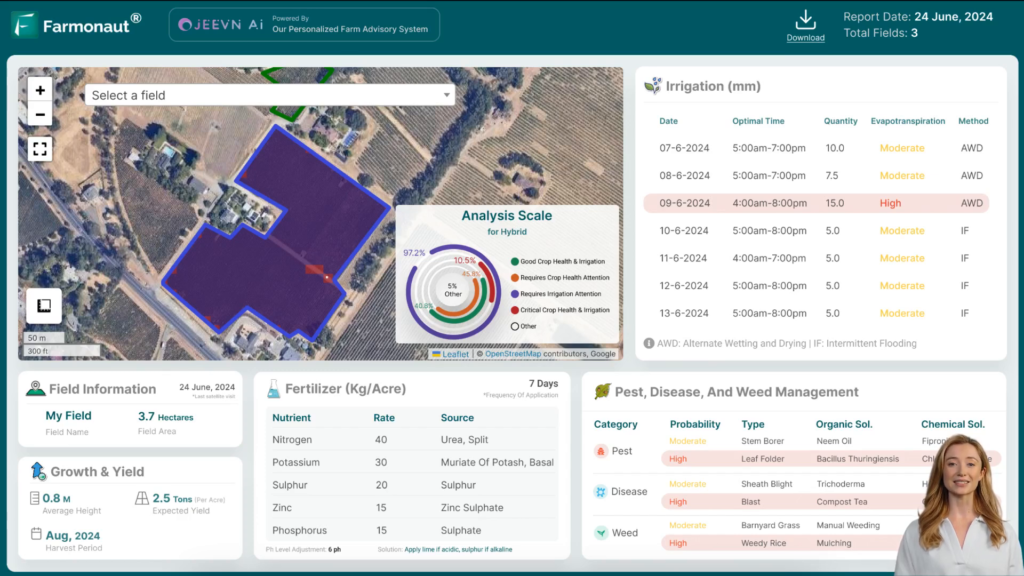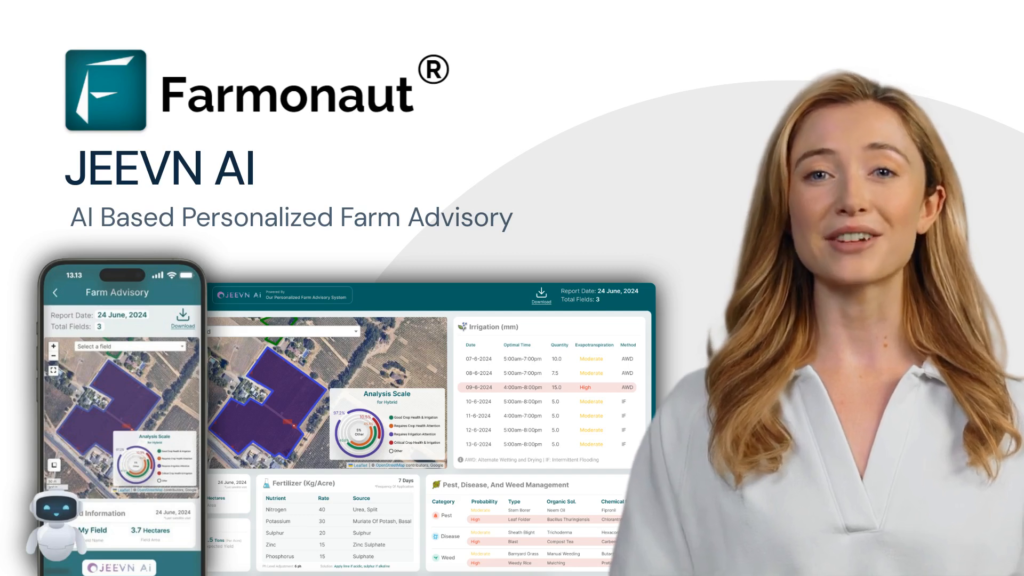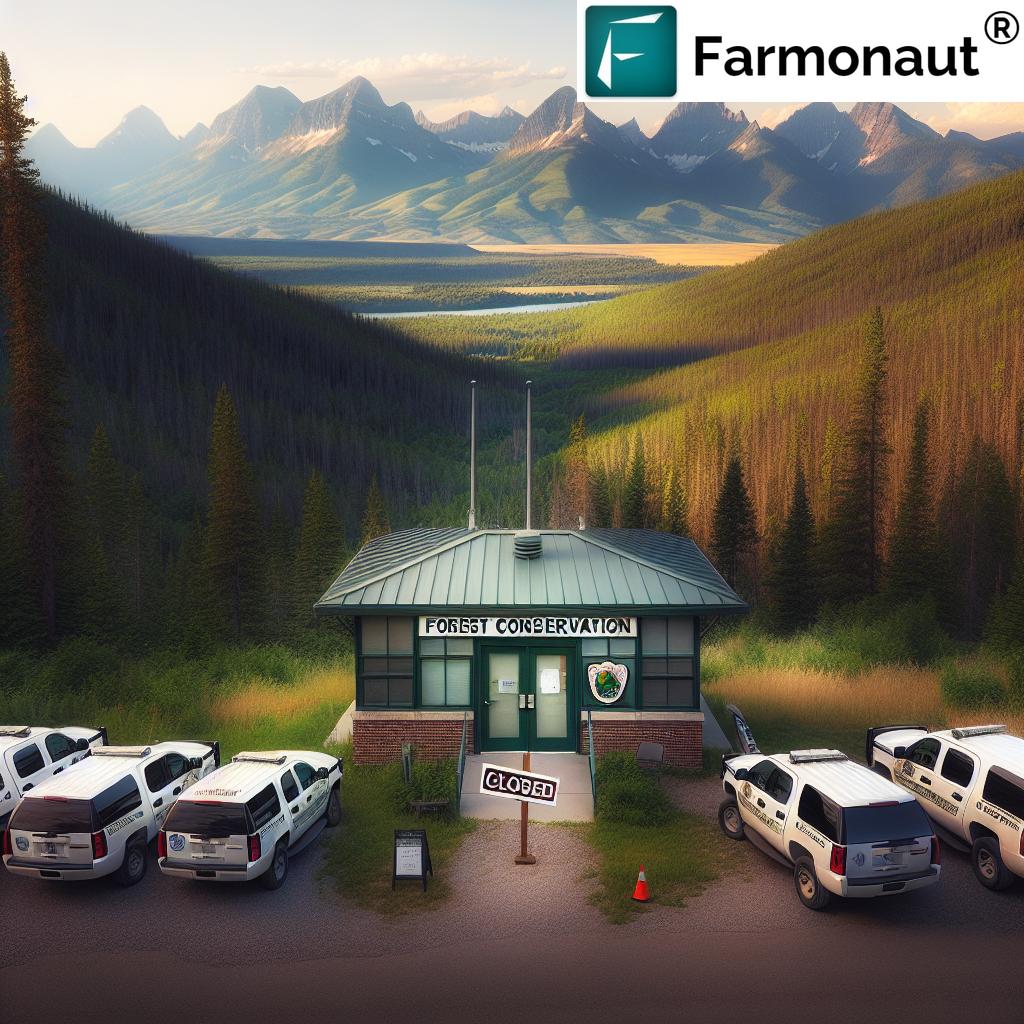Urgent: 22% of North American Pollinators Face Extinction – New Study Reveals Conservation Crisis
“22% of North American native pollinators face extinction risk, with bees being the most threatened at 34.7%.”
Welcome to our comprehensive exploration of the alarming pollinator crisis unfolding across North America. As we delve into the findings of a groundbreaking study, we’ll uncover the urgent need for pollinator conservation and the far-reaching implications for our ecosystems and food security. Join us as we examine the threats facing our native pollinators and discuss the critical actions needed to protect these essential species.
Understanding the Pollinator Crisis
A recent, pivotal study led by NatureServe has shed light on a growing biodiversity crisis that threatens the very foundation of our ecosystems and agricultural systems. This comprehensive assessment, the first of its kind, evaluated nearly 1,600 pollinator species across North America, including bees, beetles, butterflies, moths, flower flies, bats, and hummingbirds.
The results are sobering: more than 22% of native pollinators in North America are at an elevated risk of extinction. This alarming statistic underscores the urgent need for targeted conservation efforts to protect these vital species and the ecosystems they support.
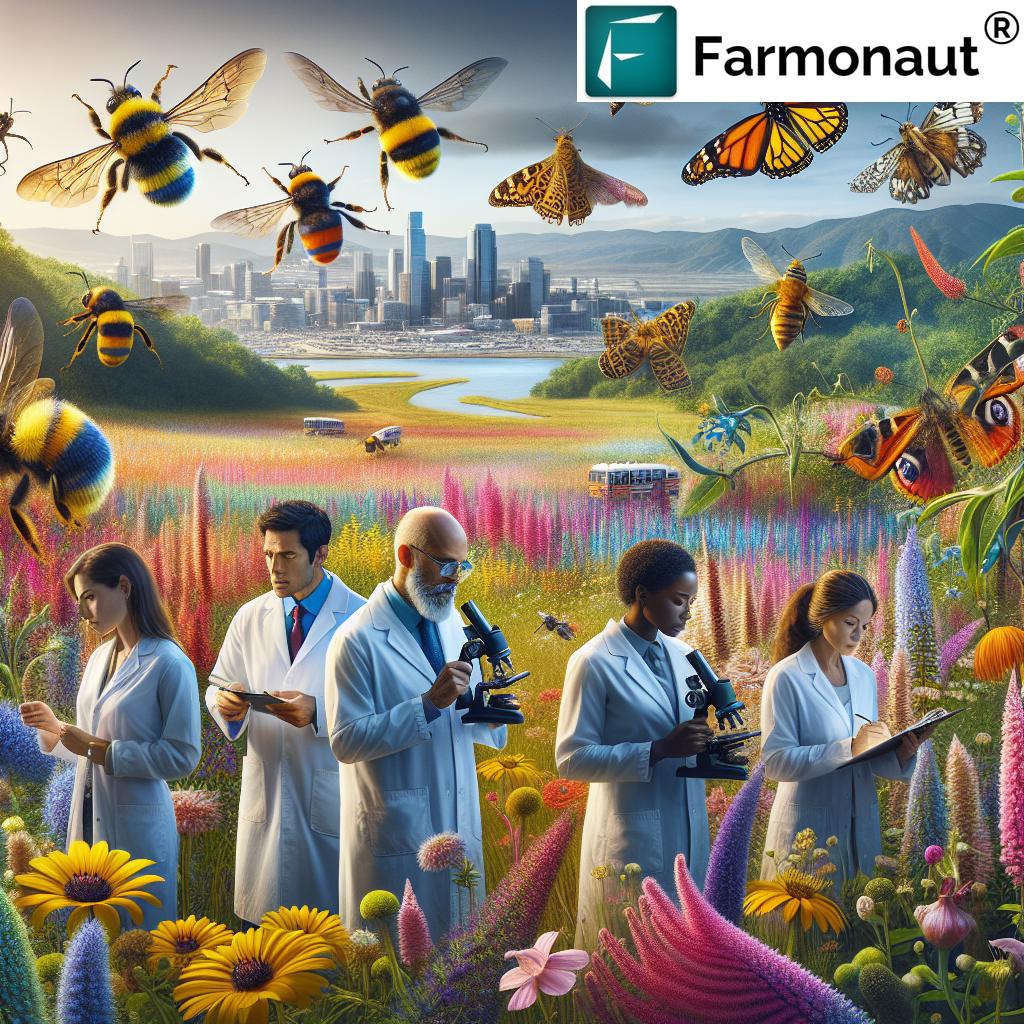
Key Findings of the Study
Let’s break down the most significant revelations from this groundbreaking research:
- One in Five Pollinators at Risk: The study found that 22.6% of assessed species face an elevated extinction risk, highlighting the urgent need for conservation action.
- Bees Most Threatened: Among the pollinator groups studied, bees emerged as the most imperiled, with 34.7% of assessed native bee species at risk. Leafcutter and digger bees face particularly high levels of threat.
- Varied Risk Among Species: While all three pollinating bat species assessed are at risk, the study found that all hummingbird species evaluated have a low extinction risk.
- Geographic Hotspots: The American Southwest stands out as a region with the highest concentrations of at-risk pollinator species, correlating with high species richness and climate-related stressors.
- Primary Threats: Climate change, agriculture, habitat loss, and urban development emerge as the leading threats to pollinator populations, with variations in impact across different regions of North America.
“A comprehensive study of nearly 1,600 pollinator species reveals climate change as a primary threat to populations.”
The Importance of Pollinators
Pollinators play a crucial role in maintaining biodiversity and ensuring food security. These hardworking species contribute over $15 billion annually to North American agriculture through their pollination services. Without them, many of our favorite fruits, vegetables, and nuts would disappear from our tables.
The decline of pollinators threatens not only our food systems but also the stability of entire ecosystems. As Dr. Tara Cornelisse, lead author of the study and Lead Zoologist at NatureServe, explains: “Our study provides the most comprehensive picture yet of the pollinator crisis in North America. The results highlight the impact of insect declines and show the urgent need for conservation action.”
North American Pollinator Extinction Risk by Species Group
| Pollinator Group | Percentage at Risk | Primary Threats |
|---|---|---|
| Bees | 34.7% | Habitat loss, pesticides, climate change |
| Butterflies | 19.8% | Climate change, habitat fragmentation |
| Moths | 15.3% | Light pollution, habitat loss |
| Flower Flies | 12.7% | Agricultural intensification, pesticides |
| Bats | 100% (of assessed species) | White-nose syndrome, habitat destruction |
| Hummingbirds | 0% (low risk) | Climate change (potential future threat) |
| All Native Pollinators | 22.6% | Climate change, habitat loss, urban development |
The Role of Technology in Pollinator Conservation
As we face this pollinator crisis, innovative technologies are emerging as powerful tools for conservation efforts. Companies like Farmonaut are at the forefront of this technological revolution in agriculture, offering solutions that can indirectly support pollinator health and habitat preservation.
Farmonaut’s satellite-based farm management solutions provide farmers with real-time crop health monitoring and AI-based advisory systems. By optimizing resource use and promoting sustainable farming practices, these technologies can help reduce the environmental impact of agriculture, potentially benefiting pollinator populations.
For instance, Farmonaut’s platform allows farmers to:
- Monitor crop health using multispectral satellite imagery
- Receive personalized advice on irrigation and fertilizer use
- Track and reduce their carbon footprint
By promoting more efficient and sustainable farming practices, such technologies can help reduce habitat destruction and pesticide use, two major threats to pollinator populations.
The Importance of Data-Driven Conservation
The study’s findings underscore the critical role of data in driving effective conservation strategies. As Dr. Anne Bowser, CEO of NatureServe, emphasizes: “Understanding which species are at risk and why is crucial for making informed decisions about how to protect our planet’s biodiversity. This study not only highlights the urgency of the pollinator crisis but also shows the power of rigorous data in guiding impactful conservation action.”
In this context, technologies like those offered by Farmonaut can play a crucial role in data collection and analysis for conservation efforts. By providing accurate, real-time data on land use, crop health, and environmental conditions, such platforms can help researchers and conservationists make more informed decisions about habitat protection and restoration.
Call to Action: Protecting Our Pollinators
The study’s findings serve as a wake-up call for immediate action to protect our native pollinators. Here are some key steps that different stakeholders can take:
For Policymakers
- Integrate at-risk pollinators into State Wildlife Action Plans
- Develop and implement conservation and management strategies
- Secure funding for pollinator protection initiatives
For Land Managers
- Prioritize conservation of habitats that support at-risk pollinator communities
- Implement best practices to reduce threats from agriculture and urban development
- Create pollinator-friendly landscapes in urban and suburban areas
For the Public
- Support pollinator-friendly practices in your own gardens and communities
- Reduce pesticide use and plant native flowers
- Create habitats that provide food and shelter for pollinators year-round
- Educate others about the importance of pollinators and their conservation
By taking these steps, we can work together to protect our vital pollinator populations and ensure the health of our ecosystems and food systems for generations to come.
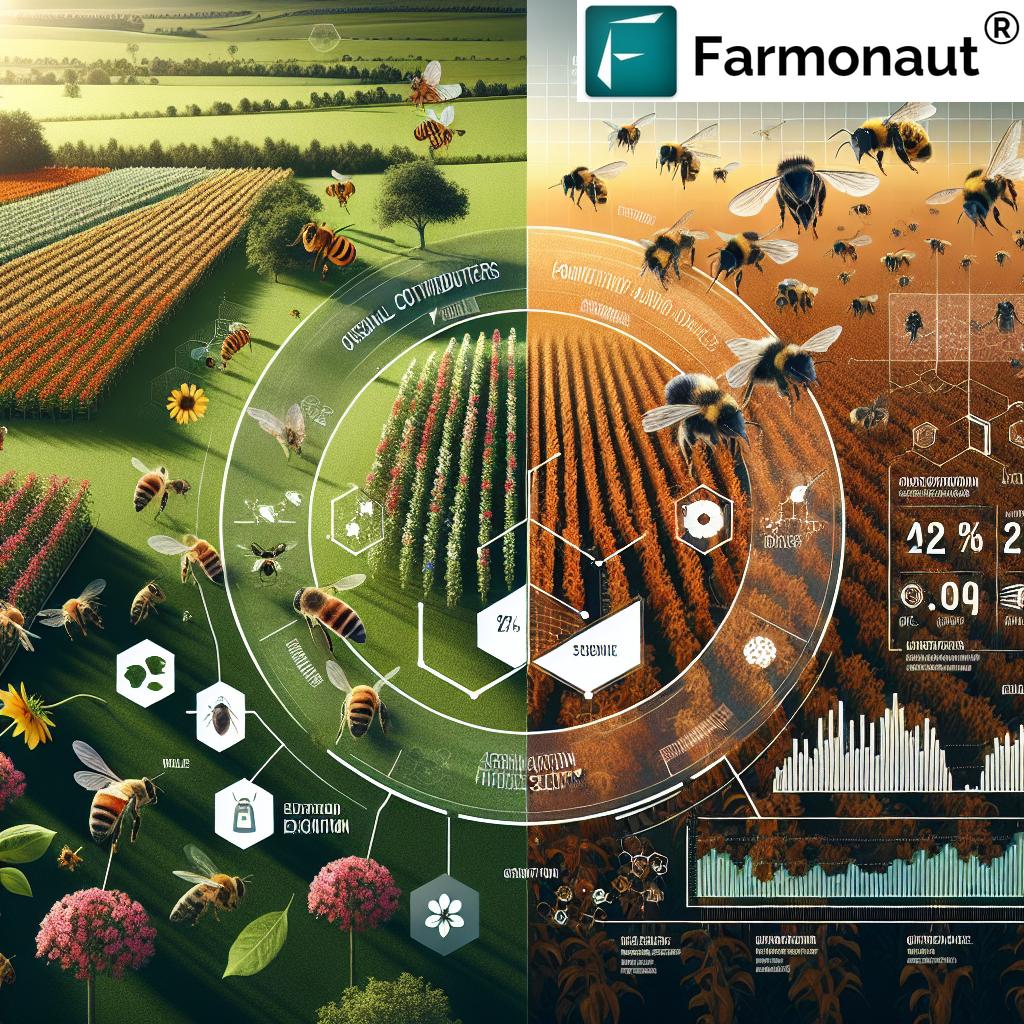
The Role of Technology in Supporting Conservation Efforts
As we address the pollinator crisis, it’s crucial to leverage technology to support conservation efforts. Platforms like Farmonaut, while not directly involved in pollinator conservation, offer tools that can indirectly benefit these efforts by promoting sustainable agriculture practices.
Farmonaut’s satellite-based crop health monitoring and AI-driven advisory systems can help farmers optimize their resource use, potentially reducing the environmental impact of agriculture. This technology can support more efficient land use, potentially leaving more space for natural habitats that support pollinator populations.
For those interested in exploring how technology can support sustainable agriculture, you can learn more about Farmonaut’s services through their API or by reviewing their API Developer Docs.
Innovative Approaches to Conservation
As we confront the pollinator crisis, it’s essential to explore innovative approaches to conservation. While technology plays a crucial role, it’s just one piece of the puzzle. Here are some additional strategies that researchers and conservationists are exploring:
1. Habitat Corridors
Creating connected networks of pollinator-friendly habitats can help species move and adapt to changing conditions, especially in the face of climate change.
2. Urban Pollinator Gardens
Encouraging the creation of pollinator-friendly spaces in urban and suburban areas can provide crucial habitats in otherwise developed landscapes.
3. Citizen Science Initiatives
Engaging the public in pollinator monitoring and conservation efforts can provide valuable data while also raising awareness about the importance of these species.
4. Sustainable Agriculture Practices
Promoting farming methods that reduce pesticide use and incorporate pollinator-friendly practices can help balance agricultural needs with pollinator conservation.
By combining these approaches with technological solutions, we can create a more comprehensive strategy for pollinator conservation.
The Economic Impact of Pollinator Decline
The potential loss of pollinators isn’t just an ecological crisis—it’s an economic one as well. Pollinators contribute billions of dollars to the North American economy through their crucial role in agriculture. Their decline could lead to:
- Reduced crop yields and quality
- Increased food prices
- Job losses in agriculture and related industries
- Disruptions in global food supply chains
This economic perspective underscores the urgency of addressing the pollinator crisis and highlights the potential return on investment for conservation efforts.
FAQ: North American Pollinator Crisis
Q: What percentage of North American pollinators are at risk of extinction?
A: According to the recent study, 22.6% of assessed native pollinator species in North America face an elevated risk of extinction.
Q: Which pollinator group is most threatened?
A: Bees are the most threatened group, with 34.7% of assessed native bee species at risk of extinction.
Q: What are the primary threats to pollinator populations?
A: The main threats include climate change, habitat loss, agricultural intensification, and urban development.
Q: How can individuals help protect pollinators?
A: Individuals can help by planting native flowers, reducing pesticide use, creating pollinator-friendly habitats, and supporting conservation initiatives.
Q: What role does technology play in pollinator conservation?
A: Technology, such as satellite-based farm management solutions, can promote sustainable agriculture practices that indirectly benefit pollinators by reducing habitat destruction and pesticide use.
Conclusion: A Call for Collective Action
The pollinator crisis in North America demands urgent and coordinated action from all sectors of society. From policymakers and land managers to individual citizens and innovative technology companies, we all have a role to play in protecting these essential species.
By combining targeted conservation efforts, sustainable agricultural practices, and innovative technologies, we can work towards a future where pollinators thrive, ensuring the health of our ecosystems and the security of our food systems for generations to come.
The time to act is now. Let’s come together to protect our pollinators and the vital services they provide to our world.
Earn With Farmonaut: Affiliate Program
Earn 20% recurring commission with Farmonaut’s affiliate program by sharing your promo code and helping farmers save 10%. Onboard 10 Elite farmers monthly to earn a minimum of $148,000 annually—start now and grow your income!
Farmonaut Subscriptions







